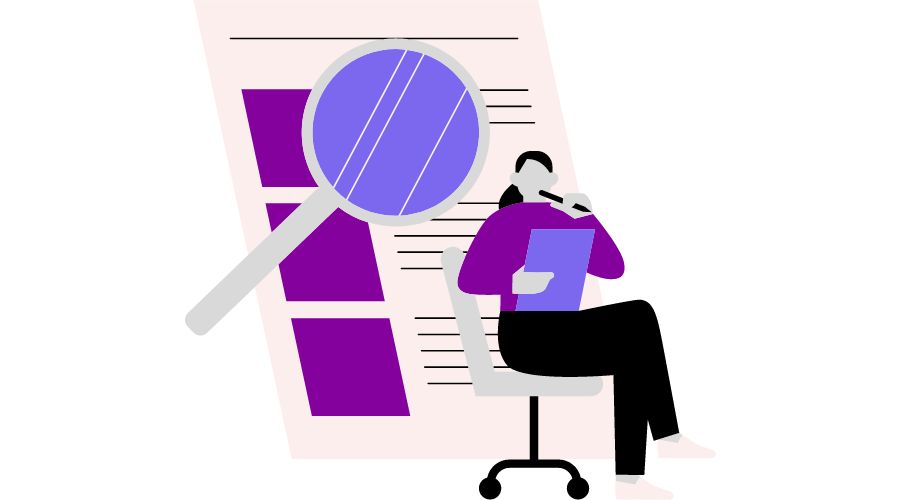What is Documentation, and Why Everyone Needs it?
July 9, 2021 Max 3min read

What is Documentation?
Documentation Definition
Any text that details the application, goal, creation, or architecture of a product or service is considered documentation. Its purpose is to describe a service that an organization provides.
Documentation is an umbrella term for product documentation and process documentation.
Product documentation refers to the guidelines for developing a product and the necessary actions taken.
On the other hand, process development refers to all the products or services manufactured during the development.
What are the types of documentation?
All software documentation falls into one of two categories:
- Product documentation
- Process documentation
Product documentation defines the product being created and provides instructions on using it to complete specific tasks. Product documentation plays a significant role in product management. Hence, product managers need to consider it while implementing product roadmap tool and product management software.
Specifications, technical specifications, business rules, and manuals are all examples of product documentation.
All documents created during creation and implementation that describe the process refer as process documentation. Guidelines and project documentation are typical process-related papers, such as project management plans, test plans, reports, meeting minutes, or corporate correspondence.
The critical distinction between process and product documentation is that the former documents the development plan while the latter describes the developed product.
There are two categories of product documentation:
System documentation: Documents that describe the system and its components are known as system documentation. It contains requirements documents, design decisions, architecture descriptions, program source code, and frequently asked questions (FAQs).
User documentation: User documentation refers to documents written primarily for product end-users and system administrators. Tutorials, user manuals, troubleshooting instructions, installation, and reference manuals are all user documentation examples.
Suggested Read: What Is User Documentation and How To Create It
Document vs. Documentation:
The distinction between a document and documentation is that a document is an original or official material used as the foundation, proof, or support for other things.
That includes any writing, book, or other device delivering information relevant to such proof or support of any material substance, on which any traditional mark or symbol represents people’s thoughts.
Documentation is a notion that gets transformed into a document—an idea’s textual description.
What are the best practices of documentation?
Minimum paperwork required:
A modest selection of current and correct documents is preferable to a massive, disorganized “documentation collection.”
Create a brief, valuable document. Remove everything that isn’t necessary, and make it a habit to massage and improve each record as your needs change.
Update the documentation using code:
In the same CL as the code change, update your documentation. It keeps your documents fresh and allows you to explain what you’re doing to the reviewer.
Remove obsolete documentation:
Dead documents misguide, slow down, and cause engineers to worry and team leaders to become lazy. They set a pattern for leaving disasters in code bases.
Choose quality over perfection:
Within a realistic period, you should have the best documentation possible. Document review standards differ from code review standards. While reviewers are free to suggest modifications, the author ought to be able to take what suits ultimately.
Examples of Documentation
Product documentation often consists of requirements such as the rationale behind commercial decisions, technical terms and specifications, and product manuals.
On the other hand, process documentation consists of obligatory standards and material outlined throughout the project. It includes plans, test itineraries, general reports, notes, and more.
The main difference between product development and process development is that the former details an object that is tangible or digital.
At the same time, the latter is an end-to-end timeline for the development process.
You may also be interested in:
FAQs
Documentation helps keep product developers and stakeholders on the same page while also helping accomplish the milestones for the project’s success. The benefits of documentation also differ in their types – product documentation and process documentation.
Documentation demonstrates your commitment to securing sensitive information and providing accurate information to stakeholders. The company may be more profitable. Employees save time by having access to responses to questions when information and processes get documented.
